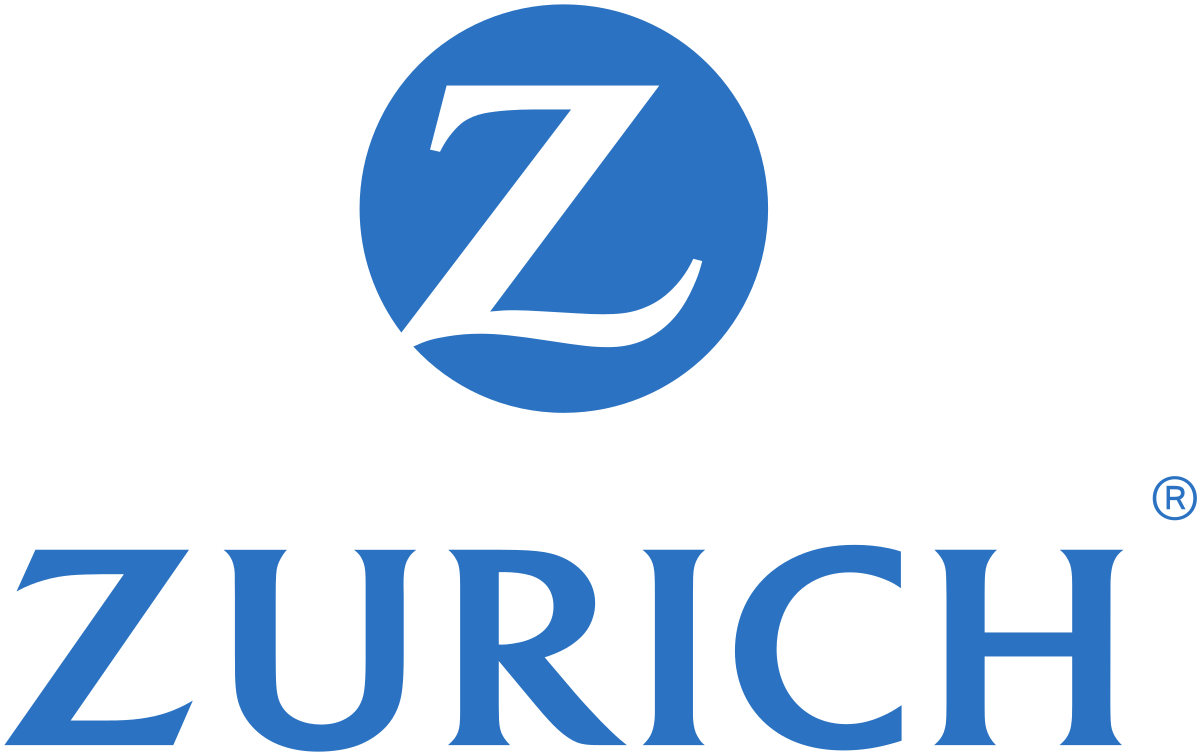Adrian Kelly, sales and marketing director of DNA IT Solutions, says migrating to the Cloud is often hampered by confusion about what options are available and where to start
Even though Cloud computing is not a new idea and by now every business is using some form of Cloud technology service; on a global level, it is estimated that about 80% of critical computing workloads are still run on-premises, with hardware that a company owns and manages itself.
In our experience, we find that most companies are interested in the Cloud and many have already tried to use the Cloud, but there is a lot of factors holding back further Cloud adoption. Migrating to the Cloud is often hampered by confusion about what options are available and where to start.
Here are some of the most common ones:
• Hidden Costs of using Cloud services are a major problem – by now, many businesses have had a bad experience of Cloud being more expensive than they had anticipated and there’s always horror stories out there about different company’s bad experiences.
• Unpredictable Costs In particular, the egress fees that can catch people out. This is when the costs of drawing data out of the Cloud environment is much higher than anticipated and can make the entire Cloud solution uneconomical.
• Confusing Pricing Models In fairness, some of the pricing models of the public Cloud vendors is designed to bamboozle the customer and funnily enough, always tends to favour the vendor if costs are higher than expected. The problem can be that whatever pricing model is in place at the start, changes to the environment can lead to massively unexpected hikes on the fees and we have seen several customers who tried to run an application in the Cloud and ended up taking it back onto traditional server infrastructure again, as the costs simply went through the roof.
• Vendor Lock-in This is a real problem for some Cloud services, because the more bespoke a solution is, and the more complex, it can often heavily rely on specific tools that the Cloud vendor has in place. The problem is that in many cases this leads to a situation where the customer is “locked in” to that particular Cloud service and moving is going to be very difficult, complex and costly.
• It can be hard to differentiate between one public Cloud or the other. Choosing which one to work with is difficult for some customers as the vendors are often perceived to be all offering pretty much the same thing.
Time For A Better Approach
The IBM Cloud has been developed through learning from the mistakes and shortcomings of the first generation of Cloud providers. It’s designed from the core to take on the more difficult enterprise applications and so called 'legacy' systems, which were designed in the era of traditional IT infrastructure, and do not always work well in the Cloud environment.
DNA IT chose to partner with IBM as our primary Cloud provider as we could see first-hand the challenges that many customers had in the market.
We have found that what businesses really need from an MSP offering Cloud services are things like clear, predictable costs, so that IT budgets can be realistic and financial planning is meaningful and flexibility to react quickly to changing business requirements.
To give a recent example. One of our customers in the charity sector was holding an annual televised fund-raising concert and for the space of a weekend they required a web page where people could visit to donate during the concert or indeed in the days that followed.
This short-term website was going to be getting huge visitor traffic with very unpredictable spikes in demand over the course of the weekend and during the first live TV broadcast.
DNA IT was able to spin up a high performance, highly resilient, clustered web server environment in the IBM Cloud and have it built and tested within a week. Once the event has passed, the environment can be stood down and the customer will not need this level of performance for any of their systems until the same event in a year’s time.
This is a great example of the power, speed and flexibility of the Cloud.
Security And Infrastructure
Right from the start, security must be first and foremost on the minds of the technical team building the Cloud systems for the customer. All too often we have seen that security only comes into the picture at the end of the project, and people try to make something secure that’s already designed and built.
Cloud providers are not security companies - they just provide an infrastructure. IBM is the only global Cloud provider that is also a leading global security company. You really feel the difference in this when you’re designing a Cloud architecture – the emphasis on security is there from the start.
Competitive Advantage
The future of Cloud technology is based on the idea of IT being flexible and able to offer real competitive advantage to businesses. It must enable customers to grow their businesses and be able to react quickly to changing circumstances. Going to the Cloud cannot mean that the customer is locked in and has less control and freedom than they had in the old traditional model.
It is no surprise to us that the IBM Cloud is growing so rapidly and is now the third largest Cloud provider in the world. It has enabled DNA IT to deliver Cloud services without the problems of the first-generation Cloud providers.
Customers get the benefit of the Cloud’s flexibility and scalability, but with security services built into the design from the start, fixed monthly costs with no surprises for the finance director, no punitive egress fees, and the freedom to migrate workloads easily, anywhere you like, should your needs change.








